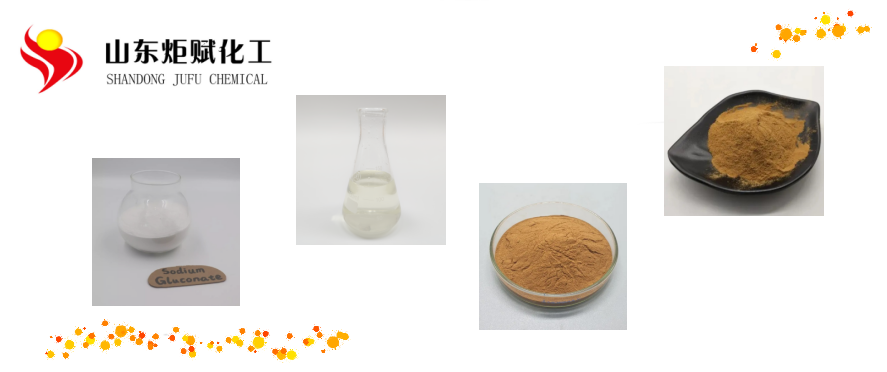Post Date:2,Jan,2024
The use of concrete admixtures greatly improves the flow properties of concrete and reduces the amount of cementitious materials in concrete. Therefore, concrete admixtures are widely used. In long-term production practice, it has been found that many mixing stations have misunderstandings in the use of admixtures, resulting in insufficient concrete strength, poor workability, or excessive concrete mix cost.

Mastering the correct use of admixtures can increase the strength of concrete while keeping the mix cost unchanged; or reduce the mix cost while keeping the strength of concrete; keep the water-cement ratio unchanged , improve the working performance of concrete.
A.Common misunderstandings about the use of admixtures
(1) Purchase admixtures at low prices
Due to fierce market competition, the mixing station has strict control over the procurement of raw materials. Mixing stations all hope to purchase raw materials at the lowest price, and the same goes for concrete admixtures. Mixing stations drive down the purchase price of admixtures, which will inevitably lead to admixture manufacturers lowering their quality levels. In general, the acceptance criteria for admixtures are rarely specified in the procurement contracts of mixing plants. Even if there is, it is only in accordance with the national standard requirements, and the national standard requirements are generally the lowest standards. This leads to the fact that when admixture manufacturers win the bid at a low price, the admixtures they supply are of low quality and generally barely meet the national standard requirements, making it difficult to meet the functional requirements of the mixing station for the use of admixtures.
(2) Limit the amount of additives
The decision-making level of the mixing station strictly monitors the mix ratio cost, and even has clear requirements on the cement dosage and admixture dosage. This will inevitably lead to the technical department not daring to break through the decision-making layer’s maximum dosage requirements for additives when designing the mix ratio.
(3) Lack of quality monitoring and trial preparation verification of admixtures
At present, for the storage inspection of admixtures, most mixing stations conduct one or two of the technical indicators such as solid content, water reduction rate, density, and fluidity of the clean slurry. Few mixing stations conduct concrete tests.
In production practice, we found that even if the solid content, water reduction rate, density, fluidity and other technical indicators of the admixture meet the requirements, the concrete test may still not achieve the effect of the original trial mix, that is, the concrete water reduction rate is insufficient. , or poor adaptability.
B. The impact of improper use of admixtures on concrete quality and cost
Due to the low quality level of admixtures purchased at low prices, in order to achieve sufficient water reduction effects, technical departments often increase the dosage of admixtures, resulting in low-quality and multi-purpose admixtures. On the contrary, some mixing stations with stable quality control and better mix ratio cost control use admixtures of better quality and higher prices. Because high-quality and less used, the unit cost of admixtures decreases.

Some mixing stations limit the amount of admixtures. When the slump of concrete is insufficient, the technical department will either reduce the moisture content of sand and stone, or increase the water consumption per unit of concrete, which will directly lead to a decrease in concrete strength. Technical departments with a strong sense of quality will indirectly or directly increase the unilateral water consumption of concrete and at the same time appropriately increase the amount of cementitious materials (keeping the water-cement ratio unchanged), resulting in an increase in the cost of the concrete mix ratio.
The mixing station lacks quality monitoring and trial preparation verification of admixtures. When the quality of additives fluctuates (decreases), the technical department still uses the original mix ratio. In order to meet the concrete slump requirements, the actual water consumption of concrete increases, the water-cement ratio increases, and the strength of concrete decreases.
Post time: Jan-02-2024

